Atocha Railway Station
The Spanish Ministry of Transportation determination to undertake major transformation of the Atocha Railway Station by quadrupling its size.
The approach proposed by the Madrid City Council in its Plan of Urban Development to eliminate the scalextric (model railway effect) from Charles V Circus, were the two inevitable points around which the complex urban unit that we can call Operation Atocha has revolved.
The old courses. The difficulty with the operation at the old station lay in making it part of the new building complex; both its permeability and its intimate ties to the proposed structure guaranteed future activity in a building whose life was worth prolonging for many different reasons. The proposal contemplated preservation of the old concourse of Alberto del Palacio in its entirety and involved housing the services and activities it always had there, with its exterior appearance reinforced by the construction of a clock tower.
Station Square. The growth of the city had caused what always was relativity low mark in terms of the street plan to become definitively separated from the tracks with rolling stock. It was necessary to underline this fact and not attempt yet again to propose a confused and complicated system to the access point. This point now remains as a beautiful open space fostered by heavy pedestrian traffic and rich and varied commercial activity.
Commuter train station. The plan for this station was based on a cleary defined track design that fixed the axes of the project, as well as the width of the platforms and the point on which the system was developed. In addition, due use of the station entailed linking its main concourse to the long distance station, the Metro and the bus station, in order to economise passenger movement.
The Atocha Station project was based on a strategy which gave priority to the idea of urban continuity.
-

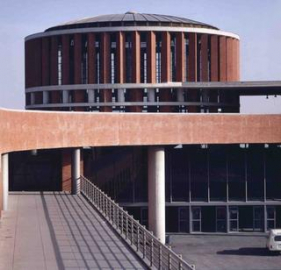
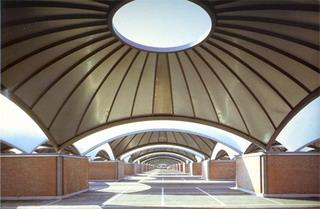
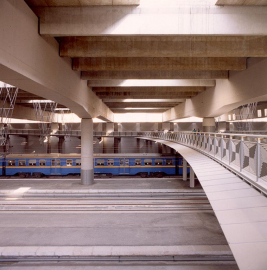
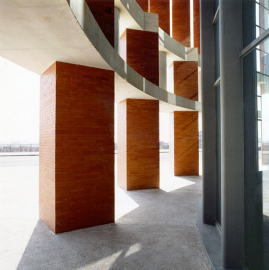

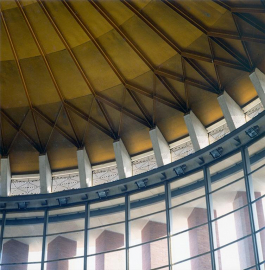
 © Rafael Moneo
© Rafael Moneo
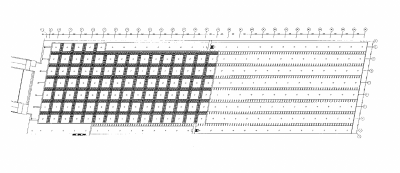 © Rafael Moneo
© Rafael Moneo
 © Rafael Moneo
© Rafael Moneo